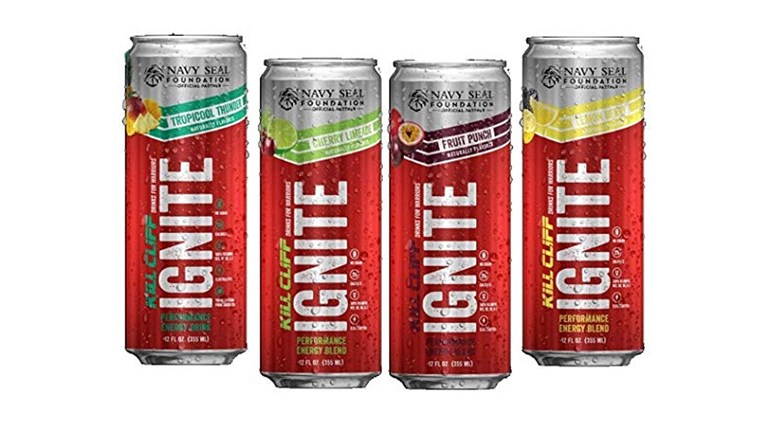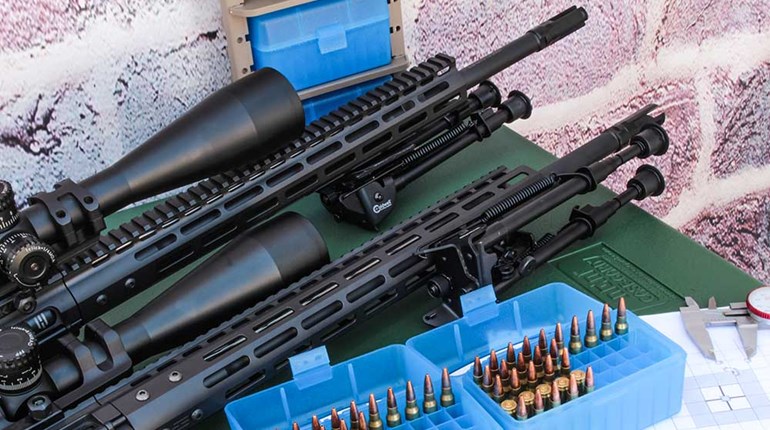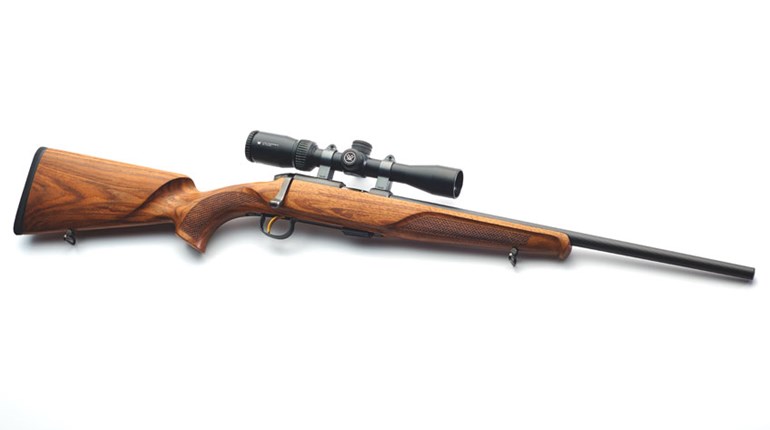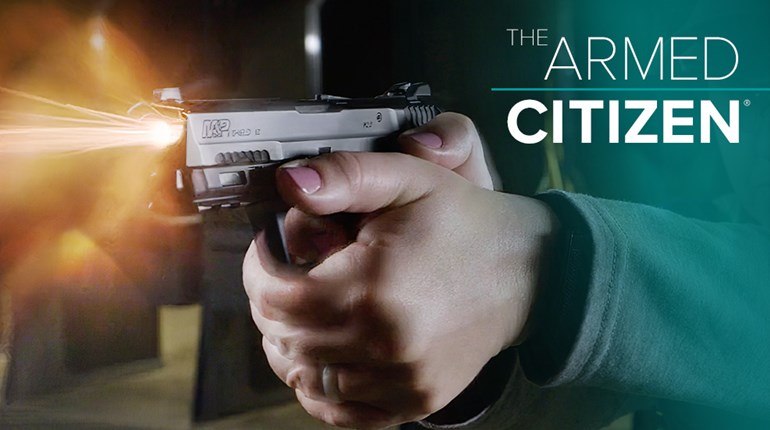
Putting useful, duty-related hardware dope in front of you is about our favorite work: Though we’re of necessity somewhat removed, we hold out hope that somewhere down the line, it’ll help. Less often, we get a chance to talk about what could be broadly described as “human factors.” These tend to be more subjective—that is, they differ more widely from person to person—but this surprises a grand total of … nobody.
RightEye’s worldview (bwahahahahaha, a writer joke) is simple enough: “Sight provides 85-90% of all the information we receive about the world.” Not just where, but how a person looks at a given situation affects performance during the critical moments of task execution in that circumstance, and has crucial impacts on anticipation, decision-making and reaction time. RightEye rolls this up in the concept of “visual search.”
But while visual search is critical, it’s just one of five areas that RightEye conceptualizes as Vision Training. Visual strength comprises how quickly and accurately the eyes can move, and over how long a period. Eye health and color differentiation are functions, at least partially, of visual nutrition. Vision clarity as it relates to any biological deficiencies/need for correction comprise visual acuity. Visual performance is the final parameter, and captures the complex effects emotion and stress may have on performance of a given task. Naturally, some of these parameters are driven by individual biological and genetic differences. They’re beyond, at some point, active development.Almost without exception, RightEye research reveals that the best in virtually every field have startlingly similar visual performance attributes.
Others, however, are not, and RightEye uses several technologies to enhance visual performance. Initially, RightEye SPECS (as in spectacles) record eye movements to capture precise focal points during performance of a task. Eye movement information is then wirelessly uploaded to the RightEye database.
Propriety software breaks down subject eye movement data and plots it against expert eye movement patterns for the same task. The result is a quantitative measure of how the eye movements compared: Where is the subject actually looking, relative to where he should be looking?
The fact that different activities make the best use of different visual skills is obvious, but RightEye analysis can parse this to a much finer level. The impacts are potentially life-saving, as former pro tennis player, co-founder and Chief Innovation Officer Dr. Melissa Hunfalvay told us: “An obvious example is the difference between ‘scanning’ and ‘targeting.’ A sniper needs to enhance targeting skills, which downplay scanning and tune out distractions to a high degree. The exact opposite is desirable in a vehicle operator: He or she needs to be scanning all the time, as this makes recognition of an IED or other danger far more likely.”
Almost without exception, RightEye research reveals that the best in virtually every field have startlingly similar visual performance attributes. They:
- Process fewer visual cues;
- Have low variability in search;
- View cues in the same order;
- Accurately interpret what they see;
- Look only at relevant cues;
- Use consistent eye routines; and
- Integrate visual cues with physical responses.
Optimal performance is the routine result of training to these attributes. The subject eye movement data capture and comparison by the RightEye software makes it possible to construct an individualized training program to bridge gaps, and move to a higher level of visual performance.
The converse is unappealing: Lower performers take in too many visual cues (and process those cues too quickly), vary their visual search and process cues in inconsistent order. Each new circumstance is therefore handled—in visual terms—with irrelevant, unsystematic information presented for processing. It’s no surprise that results are achieved not just more slowly, but with less overall value—simply, just the kind of thing that can get you injured or killed.
So when something like RightEye comes along, we’re pointedly reminded that this whole other sphere of human performance exists, which can have a major impact on making it to the end of a shift, a mission, a tour.
What makes RightEye technology and skills development training of interest in the AW world is twofold. RightEye testing can move people toward career choices that are supported by their aptitudes, a thoroughly understood mechanism for improving performance as well as satisfaction.
More important are the actions on the sharp end. A vehicle chase, a bad-guy chase or a violent dispute all require different visual processing. Wouldn’t it be wise to prep yourself and your team properly for each?
Contact [email protected].



































